MOOD by Christofle x Junichi Hakose
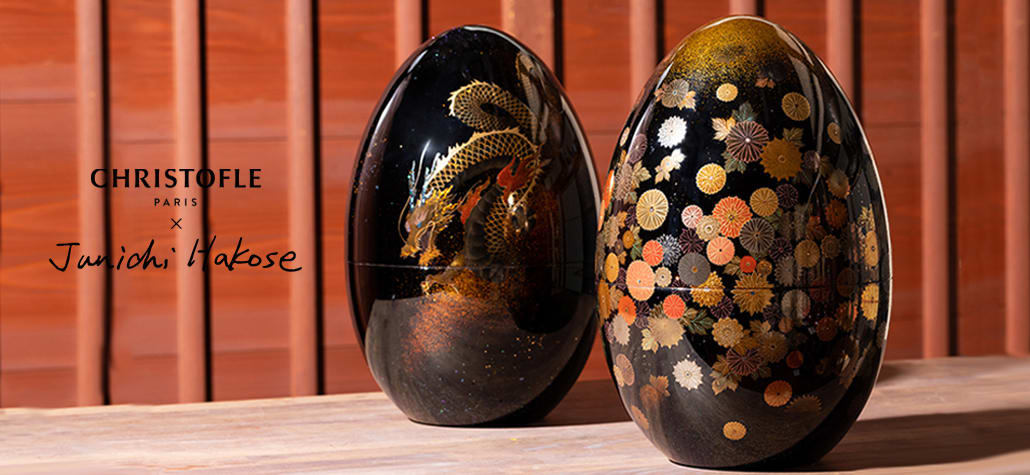
Continually prioritizing mastery of techniques and exceptional craftmanship, Christofle announces a special collaboration with artist, Junichi Hakose. He is one of the most acclaimed Japanese lacquer and special craft “Makie” artists. Master Hakose has reimagined Christofle's iconic MOOD giving rise to six exceptional, limited-edition designs. The delicacy and attention to detail are exquisite and make each piece truly one of a kind.
In the 19th century, the era of "Japanism" flourished in Western Europe and Christofle embraced and produced many art pieces under the leadership of Christofle designer, Emile Reiber. At that time, Christofle created not only museum pieces that speak to Japanism, but also functional, high demand art from the newly born middle class bourgeoisie in French society. Christofle was recognized by the bourgeoisie in the 19th century for its part in the Japanism movement and celebrated as a highly respected, heritage rich, modern brand.
In 2021, Christofle once again reveals the harmony between tradition and innovation, with the launch of the Christofle x Junichi Hakose exceptional MOOD creations. Christofle pays homage to the Japanism movement, its history, and its dedication to highly artisanal works of art by partnering with the leader in Japanese lacquering and Makie Arts, Junichi Hakose.
Exceptional Craftsmanship
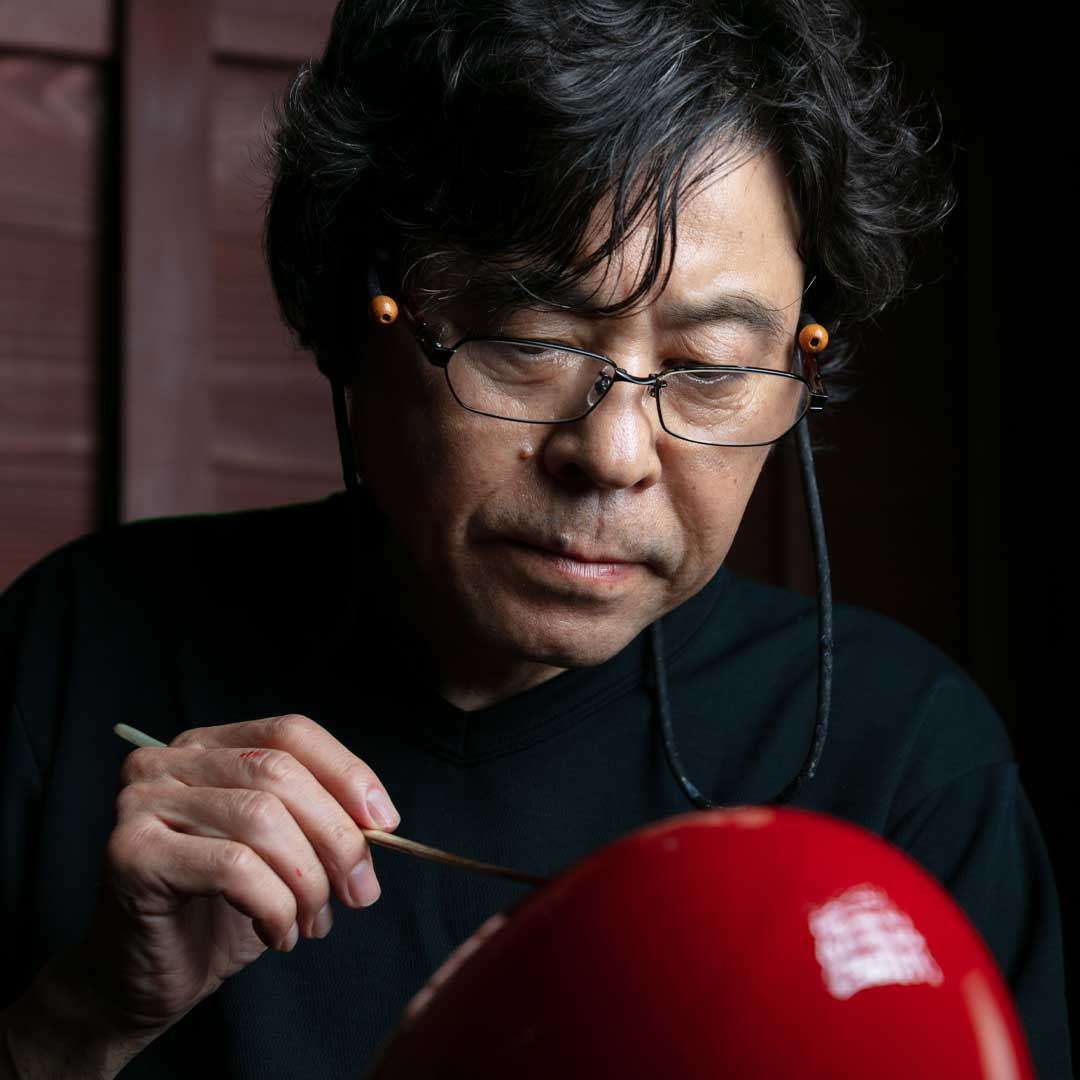
Japanese lacquer known as urushi, is a transformative and highly prized material that has been refined for over 9,000 years. The spread of Buddhism from the ninth century inspired the production of a large number of decorative lacquered objects for temples and upper-class society. In Japan, lacquer (raw sap) was originally used as a varnish. Makie, the association of lacquer with decorative elements typical of Japanese art, came much later. Over time, various techniques and art forms blossomed. With the Makie technique, which means “sprinkled picture”, gold or silver powder is sprinkled over the urushi as it dries to make beautiful designs.
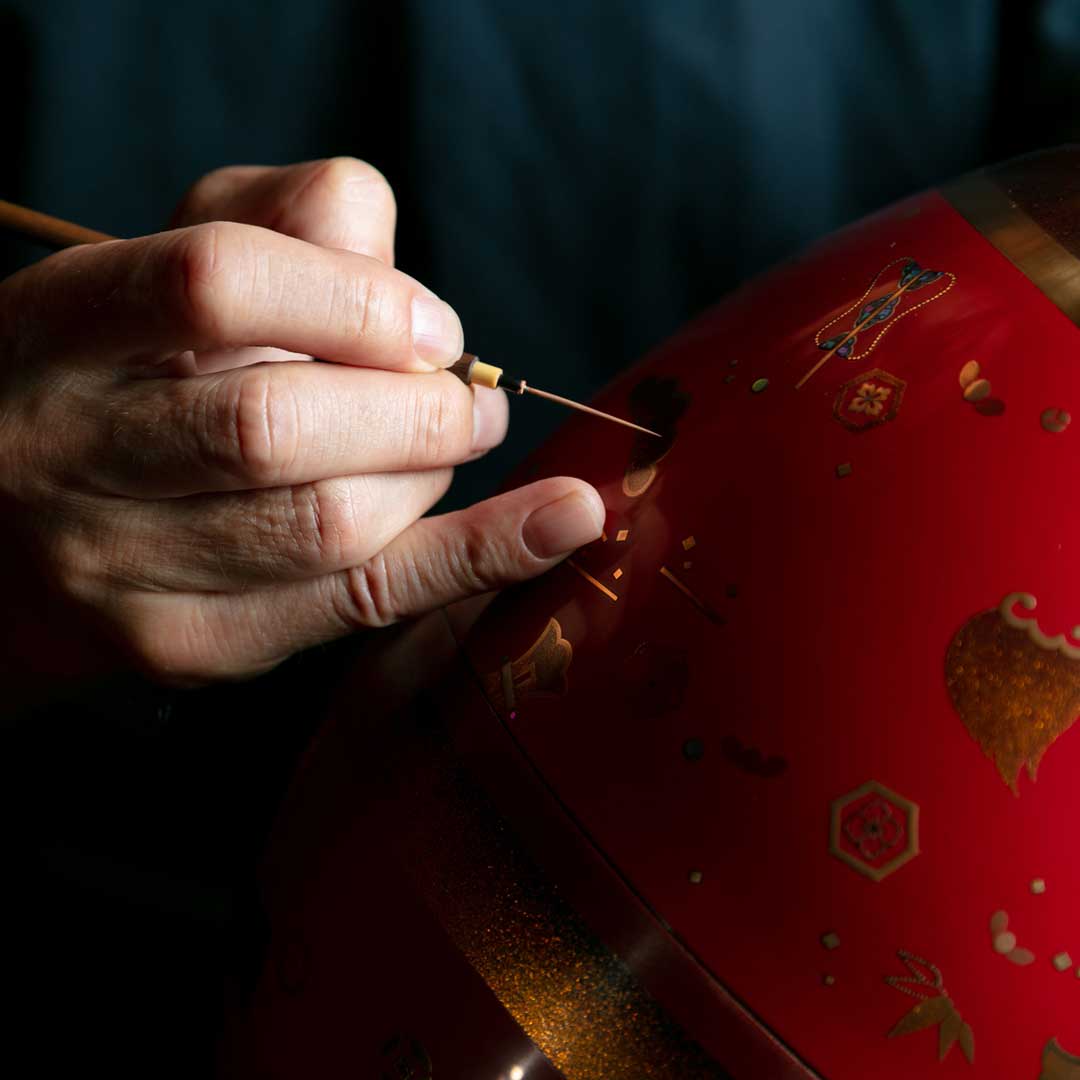
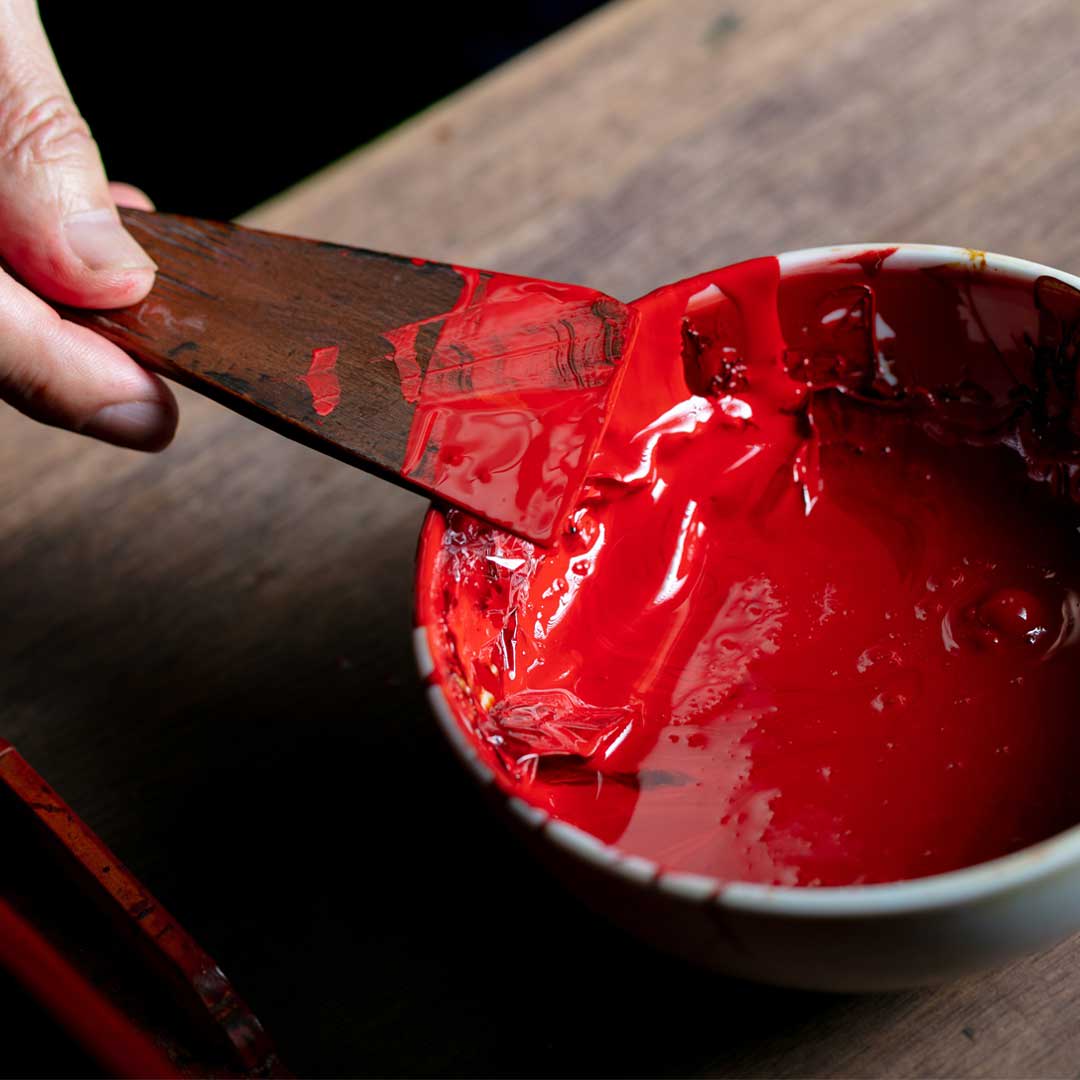
The creation of one urushi art piece is very tedious. The careful application of many layers of lacquer and the in between drying times coupled with the ornamentation process can take months. There are also many different kinds of lacquer techniques, all with unique forms of beauty. In fact, traditional urushi lacquerware is so durable and of such high quality that pieces created hundreds of years ago still retain their glossy luster today. Urushi pieces are symbols of patience and resilience.
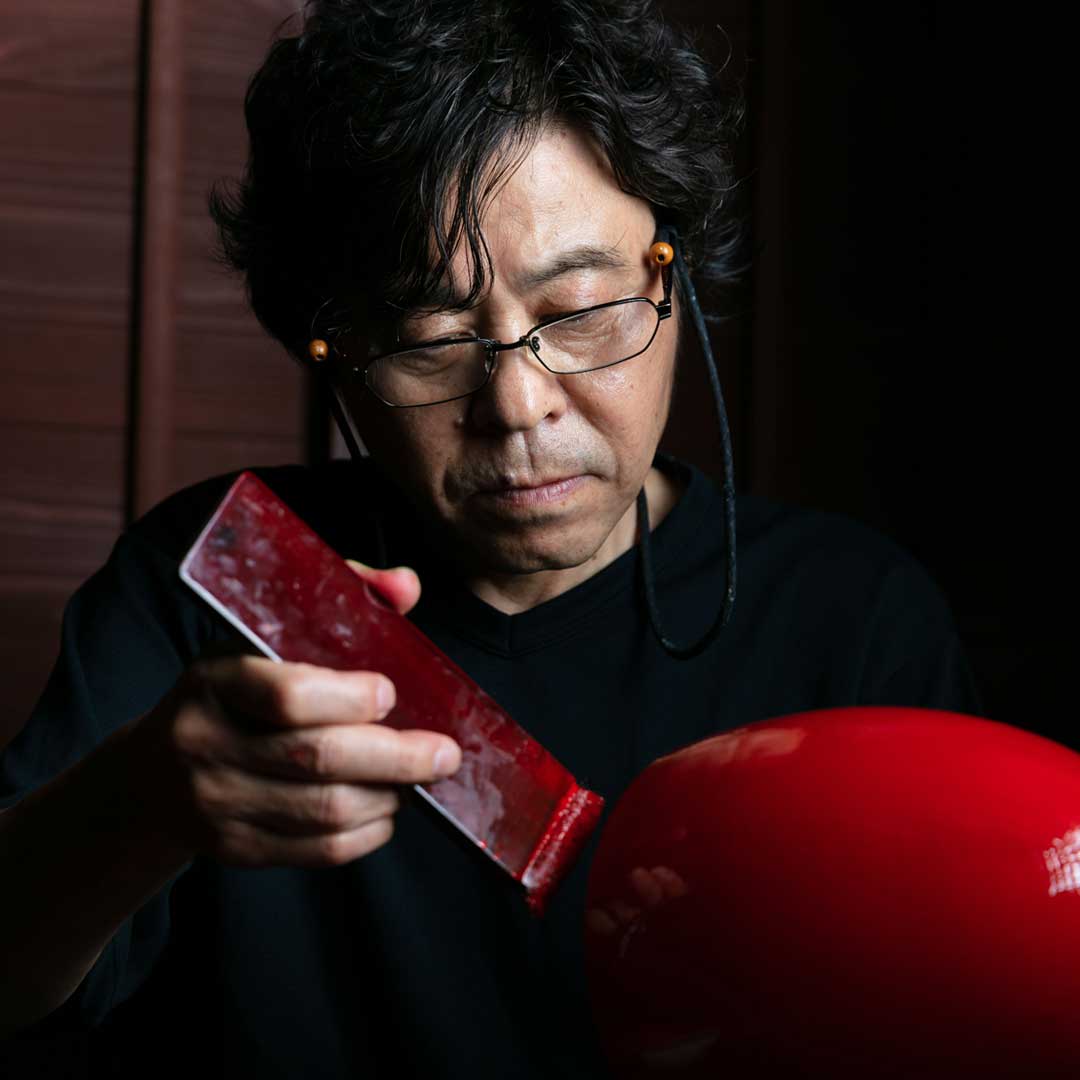
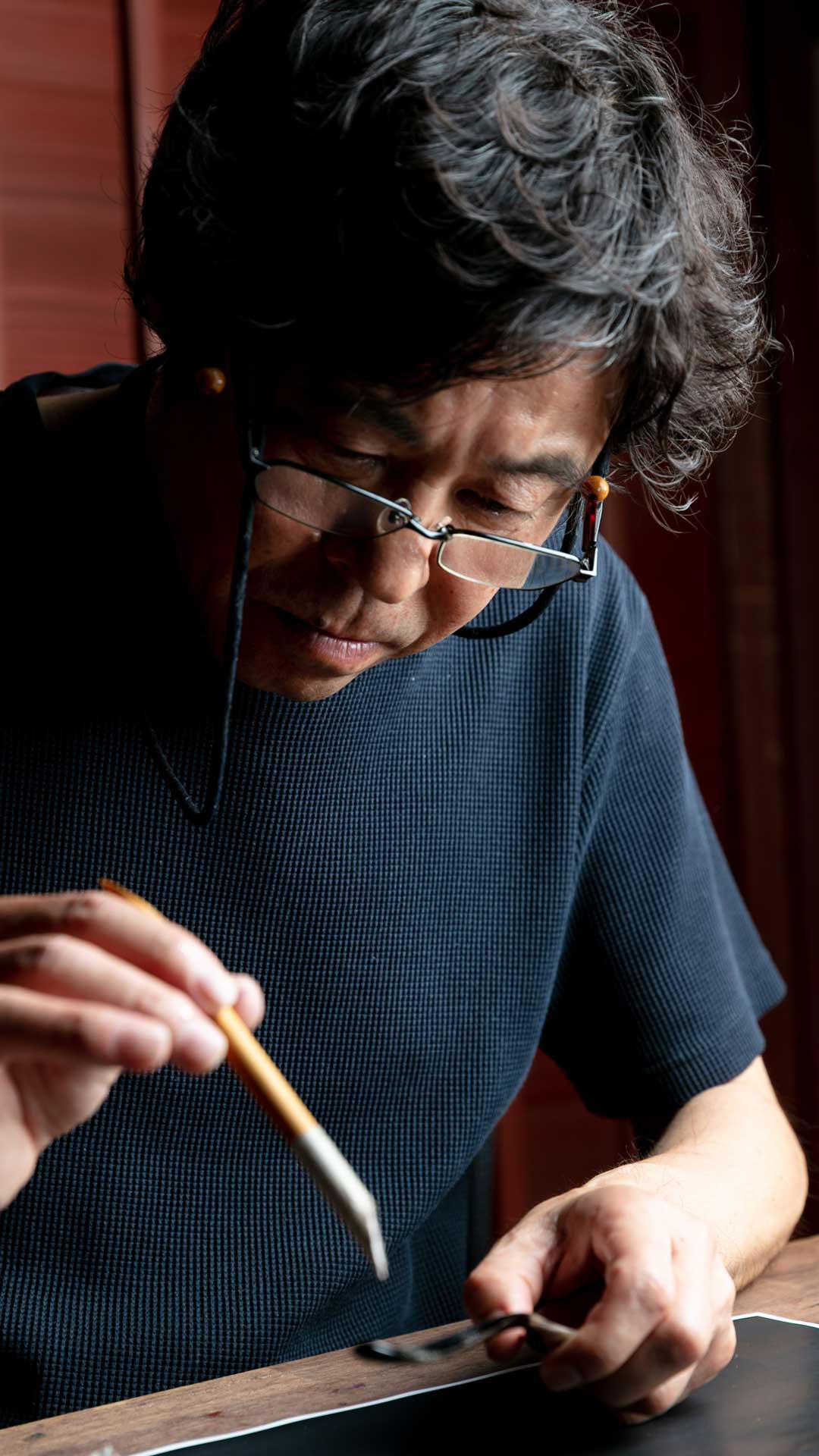
6 LIMITED EDITIONS
Collection
small chrysanthemum in the field
The chrysanthemum is the oldest flower motif in Japan and is cherished, just like the cherry blossom. It is a favorable omen that incorporates the wish for a long life. Thousands of individual lines forming the overlapping petals of the chrysanthemums are drawn one by one, from top to bottom with a single, unbroken movement of the brush.

Collection
Collection
Fortune Treasures
The fortune treasures are a traditional Japanese pattern that were brought to Japan from China in the Muromachi period (1336—1573). It expresses auspicious omens with the depiction of various treasures.

Collection
Dragon in the sky
The dragon, one of the four auspicious beasts from ancient China, consisting of the qilin, tortoise, dragon, and phoenix, is an imaginary lucky flying creature. It is revered as having special powers such as the ability to drive away evil spirits and prevent disasters.


Collection
Flying Pegasus in space
This case depicts the mythical Pegasus, a winged horse believed to have spread its wings throughout the Silk Road region from Western Asia to Greece, Rome and later China and Japan before 1000 B.C.

Collection
Dancing Phoenix
The phoenix symbolizes love and luck. It is an imaginary bird that was revered as one of the four auspicious beasts from ancient China amongst the qilin, tortoise, and dragon. It is said that the phoenix will appear when a virtuous emperor arises, and it is considered an auspicious pattern.

“ Metal and lacquer are by no means a new combination, and in fact, they are extremely compatible. There is a history during the Warring States period (1467 - 1568) of samurai using a lacquer baking technique on their helmetsand, on the canons, to increase durability and prevent rust. Because of this, when I first turned my attention to Christofle’s MOOD, I recalled this history and was convinced that metal was definitely a material that goes well with lacquer. Also, I felt that the soft, egg-shaped form of MOOD could be a palette that creates an exquisite space that I had never before used to draw Makie. ”
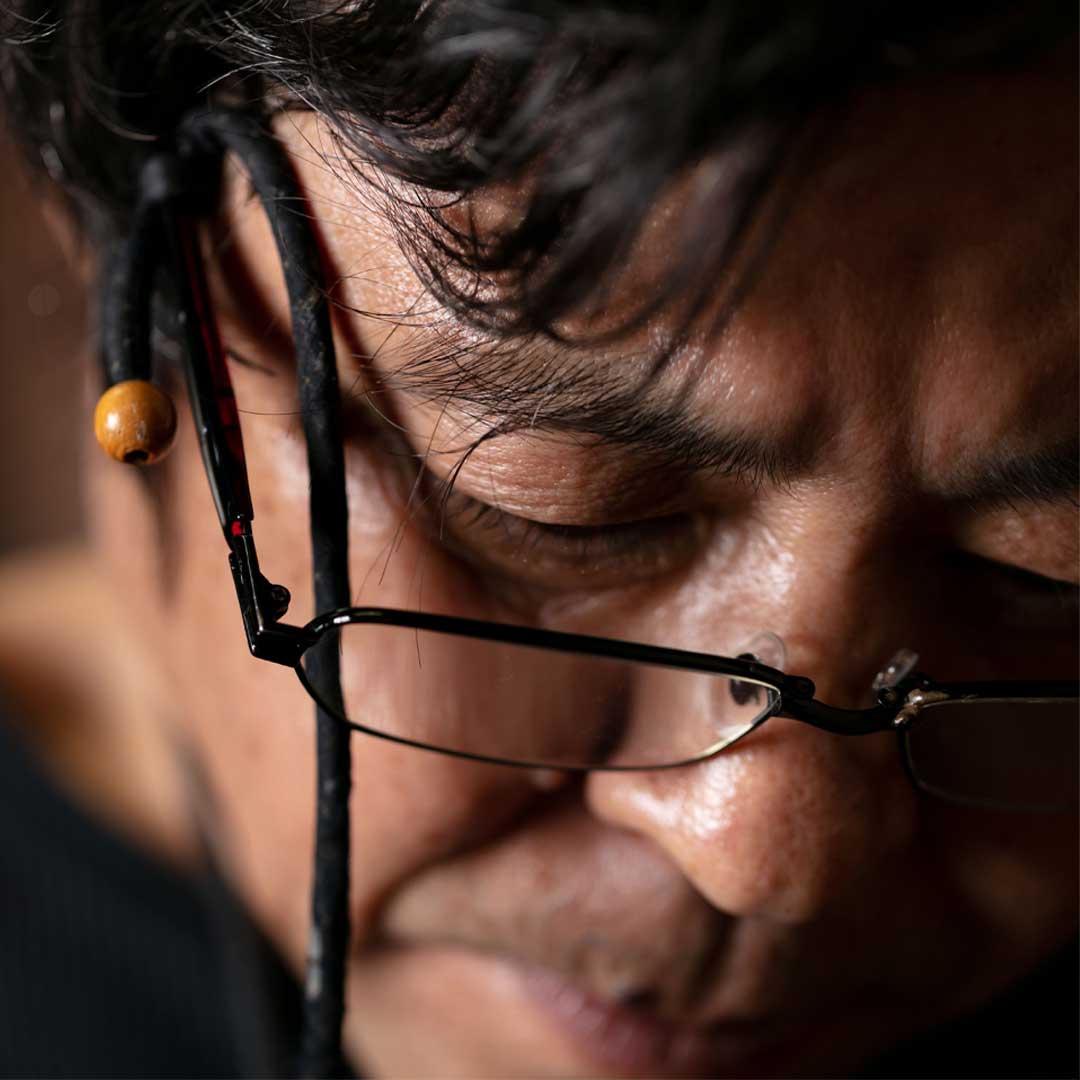
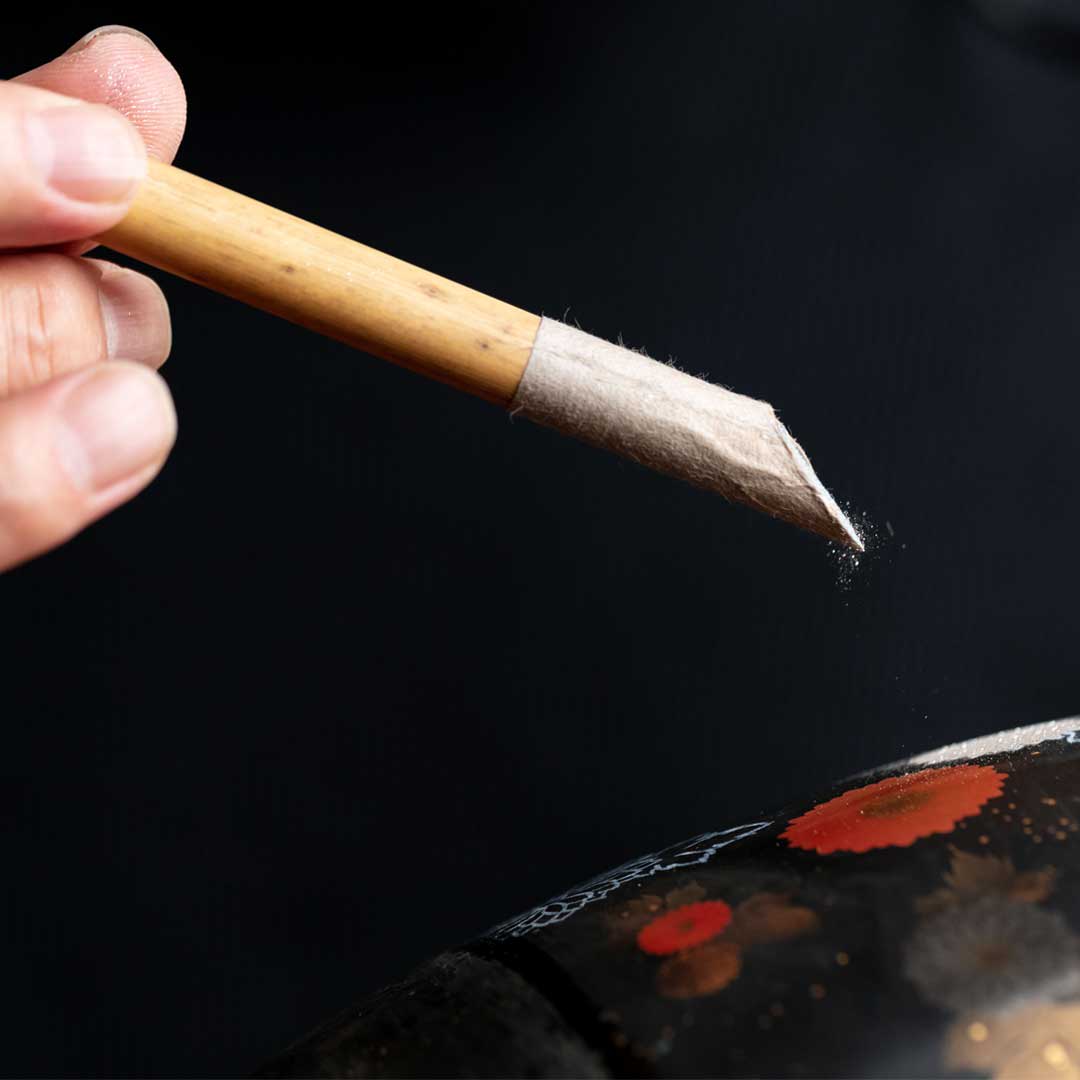
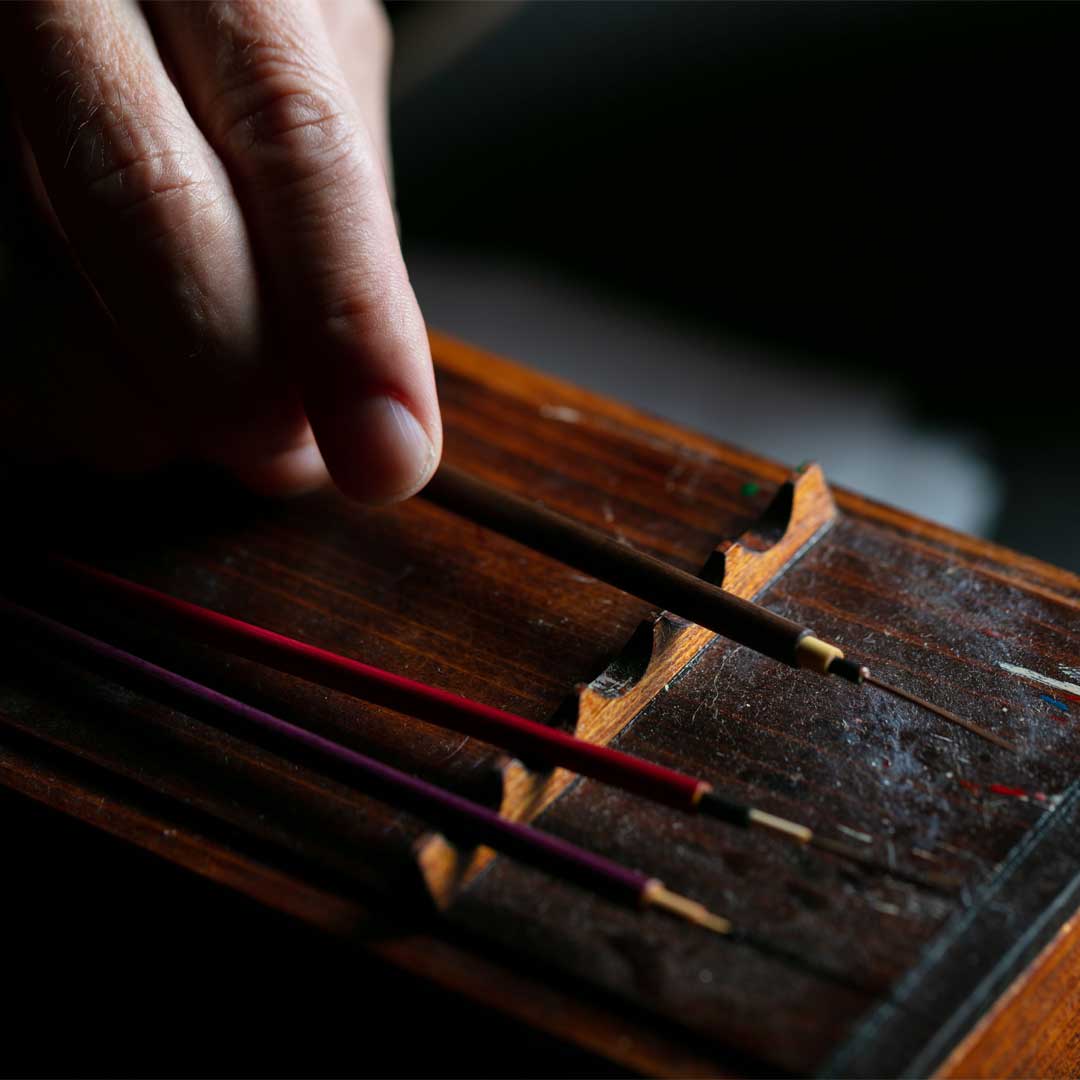
Each line is individually drawn, from top to bottom, with a single, unbroken movement of the brush and fingers. This exquisite collection of the iconic MOOD by Christofle that gathers all the techniques of lacquer, with a highly impressive attention to detail, is composed of seven exceptional, limited-edition pieces. Each lacquered piece is individually handcrafted, making them one of a kind works of art.
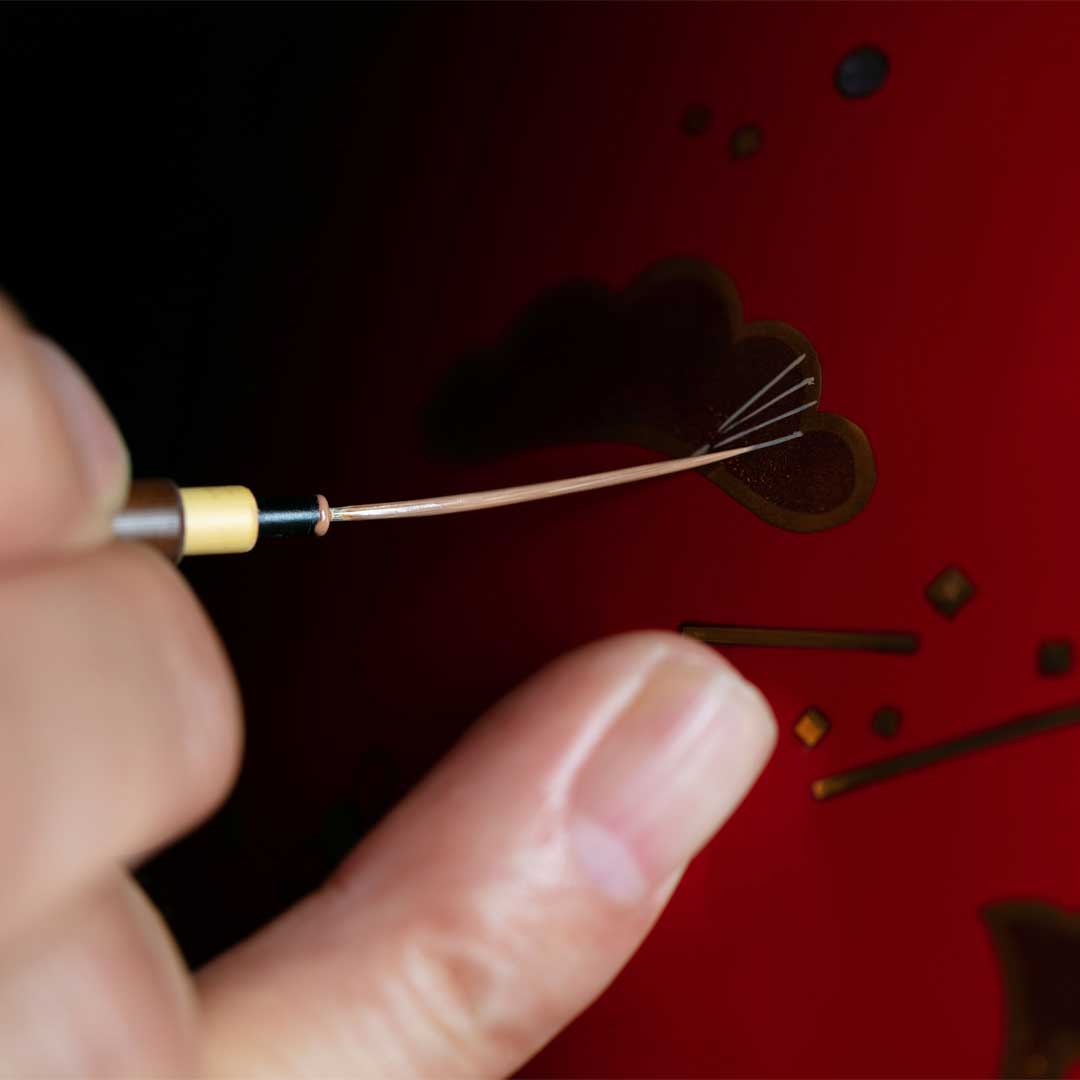
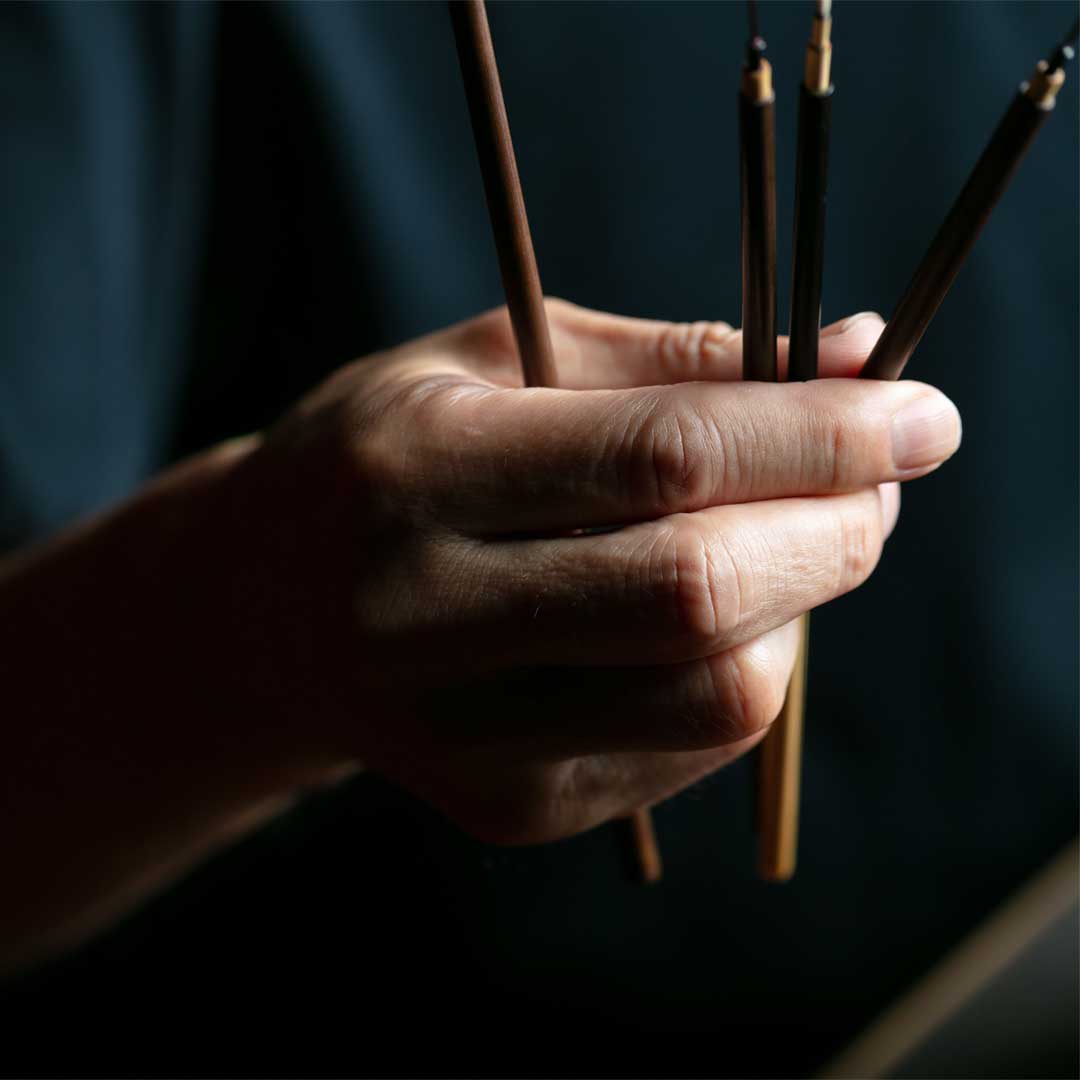
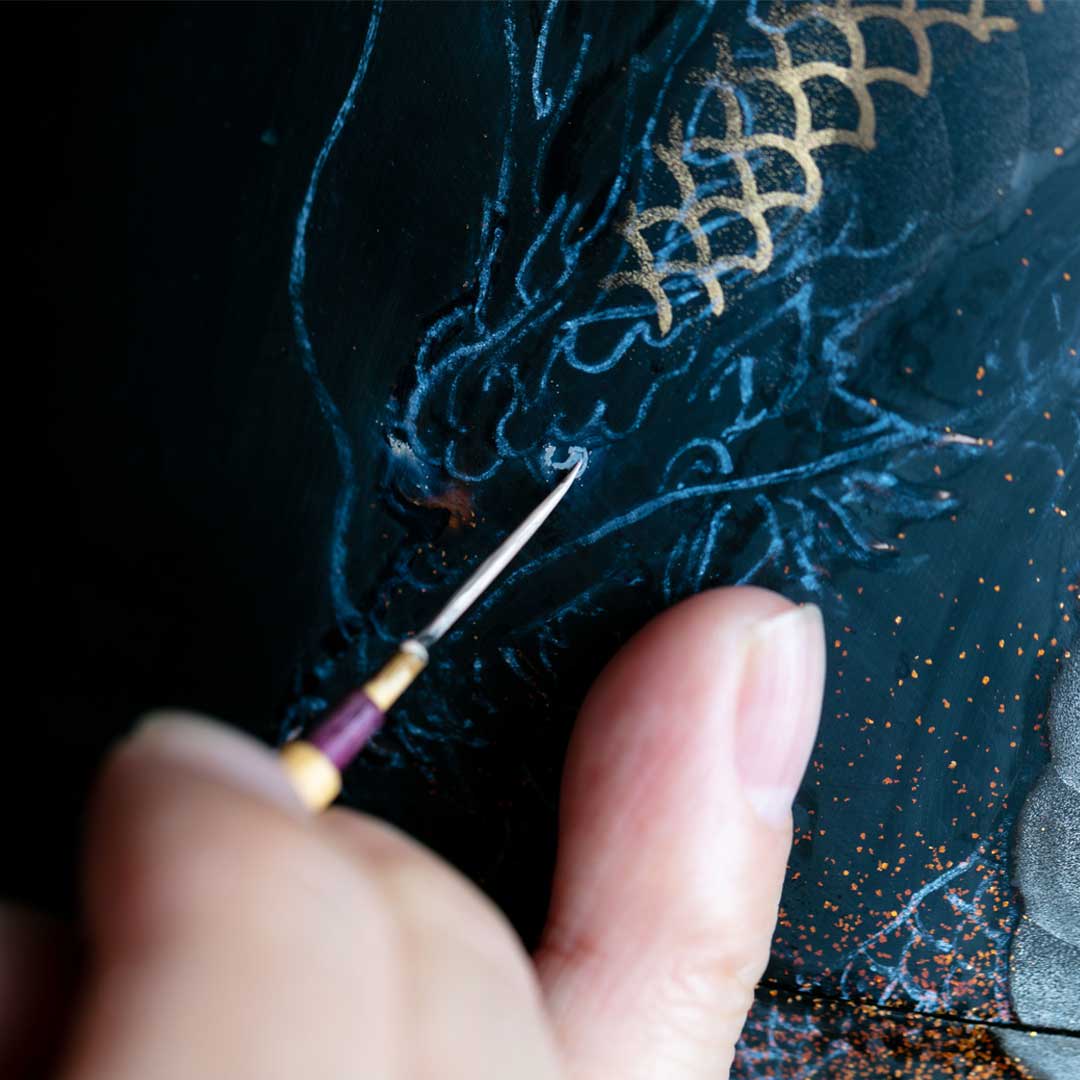
The Makie is drawn out after sprinkling on gold powder, coating the entire object with lacquer and polishing the surface after it dries. The Makie technique creates a three-dimensional aesthetic. The process is completed with a total of 12 steps from the undercoating, which is referred to as yakitsuke, to the final polishing.

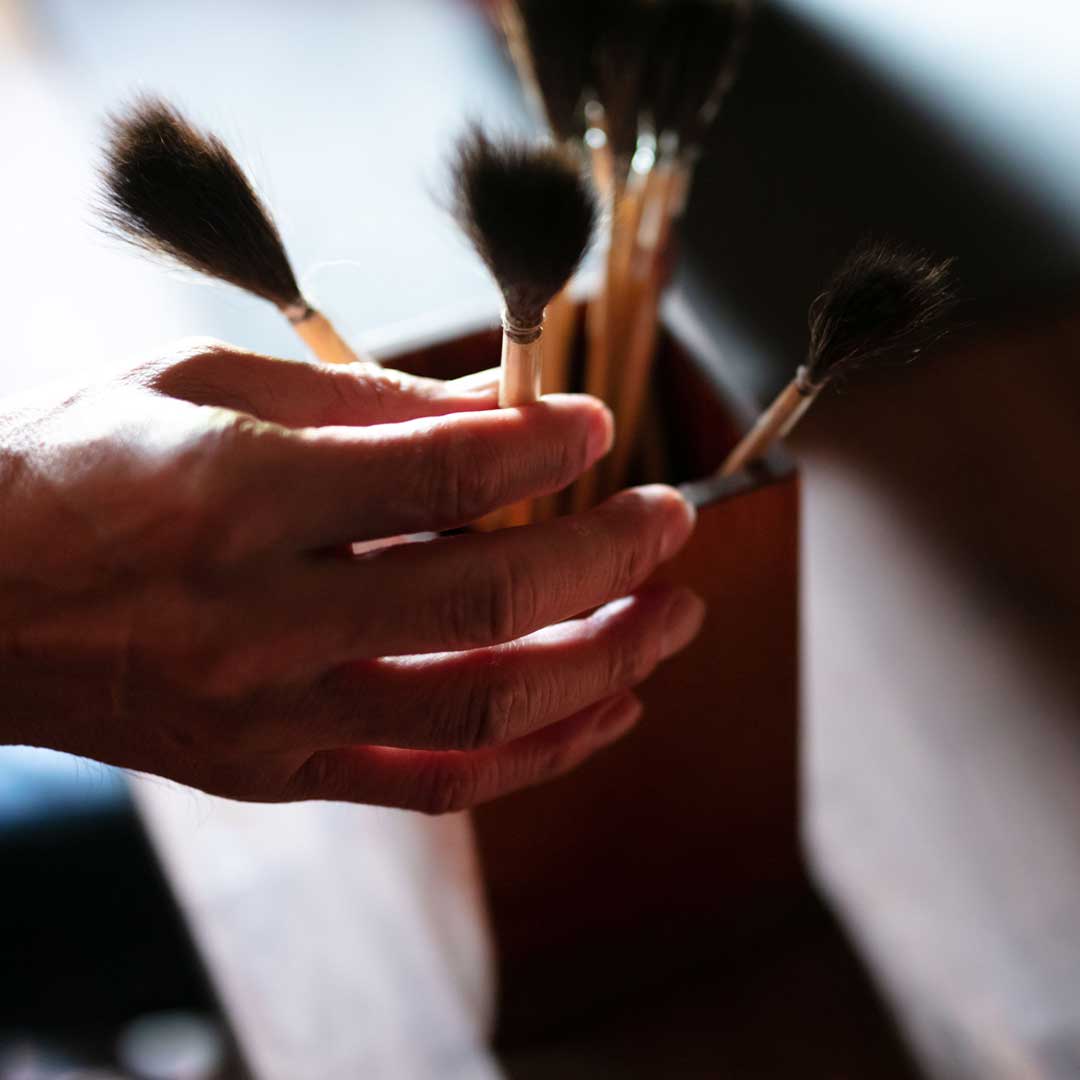
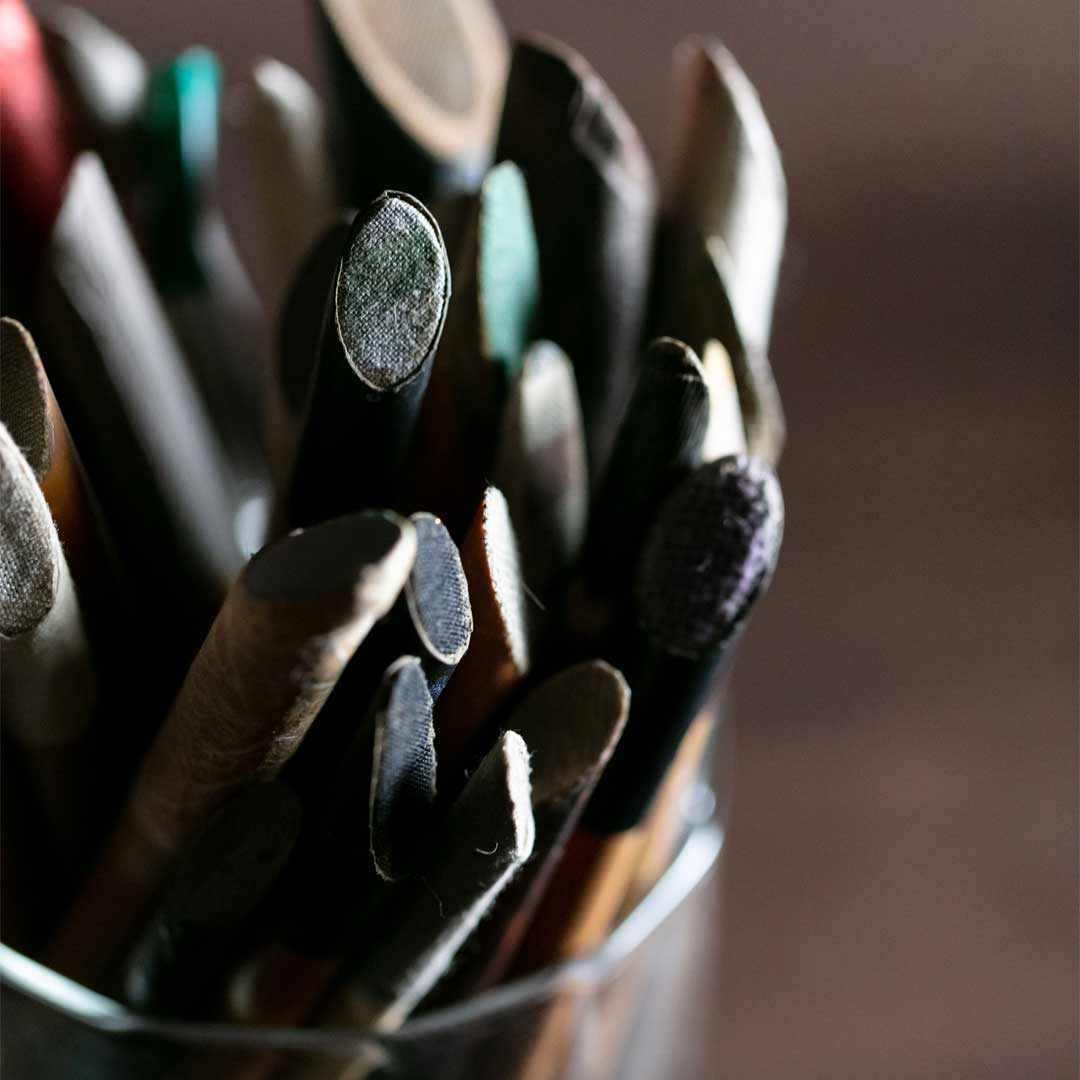
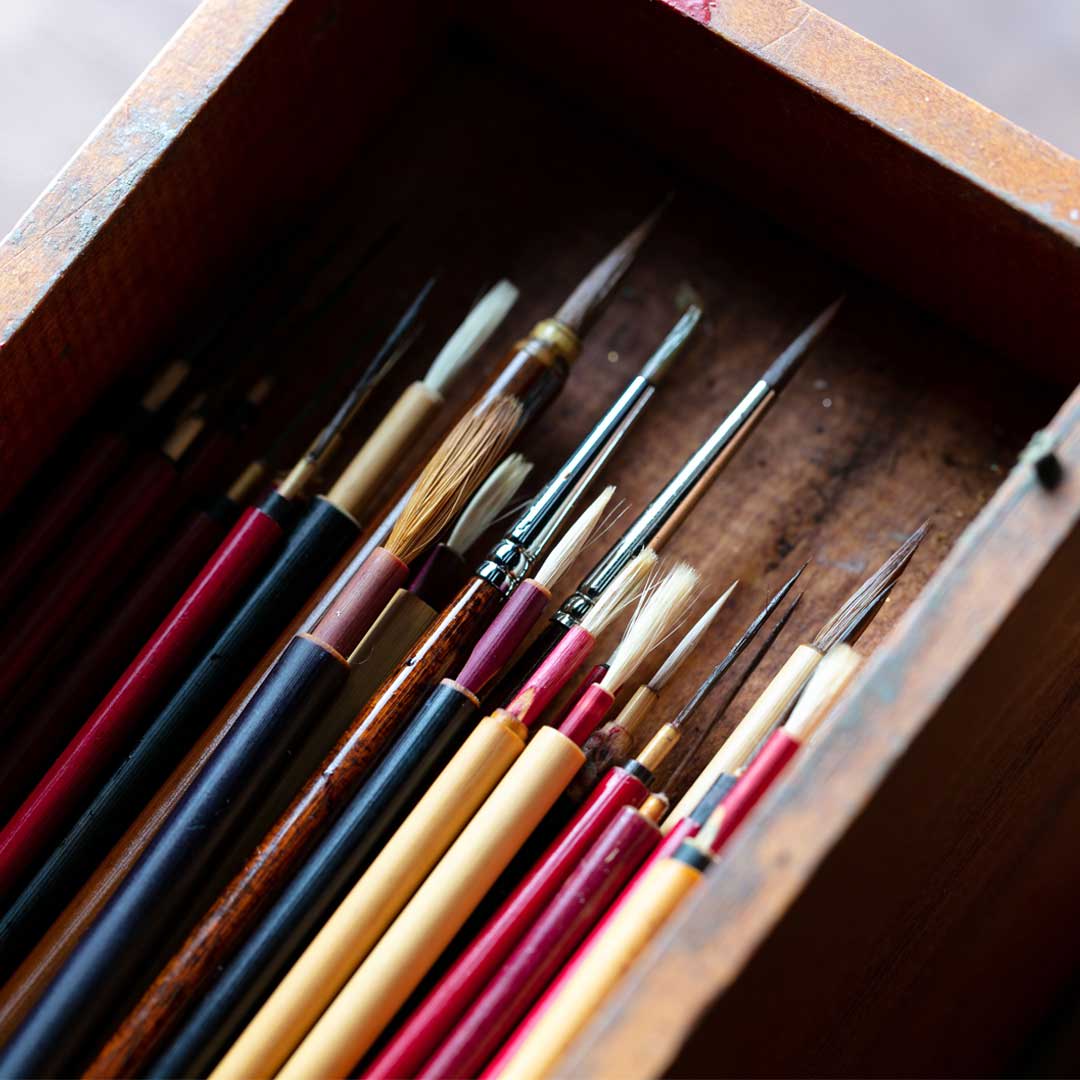
FOR MORE INFORMATION

Please contact our customer service through by email here
or by phone at +1-800-599-2352



